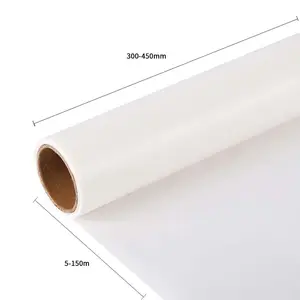Understanding Building Paper
Building paper, a staple in construction projects, serves as a protective barrier and has a multitude of applications. This material is essential in safeguarding structures from environmental elements and enhancing the durability of buildings. It is commonly utilized in walls, roofs, and floors, offering a layer of protection during and after the construction process.
Types and Applications
The versatility of building paper is reflected in its various types, each suited for specific applications. Some are designed for use in residential buildings, while others are more suited for commercial structures. From moisture control in bathrooms and kitchens to vapor barriers in walls, the applications are extensive. This product category also includes specialized options for thermal insulation, contributing to energy efficiency in buildings.
Features and Materials
Building paper products are characterized by their material composition and features. Typically made from mechanical pulp, this construction material is known for its breathability and water resistance. The features of building paper may vary, including tear resistance and flexibility, which are critical in ensuring ease of installation and long-term performance. Materials range from recycled paper to new, innovative composites, designed to meet diverse construction needs.
Advantages of Building Paper
The use of building paper in construction offers several advantages. It acts as a protective layer against moisture, thereby preventing mold and wood rot. Its application can also enhance the structural integrity of buildings, providing an additional layer of insulation and improving energy efficiency. The adaptability of building paper to different design aesthetics, from modern to industrial, makes it a preferred choice for architects and builders.
Selection Considerations
When selecting building paper, it is important to consider the specific requirements of the project. Factors such as the climate, the type of construction, and the intended lifespan of the building play a crucial role in determining the most suitable type of building paper. Additionally, environmental considerations and sustainability may influence the choice of materials, with a growing trend towards eco-friendly options.
Environmental Impact and Sustainability
In the context of environmental sustainability, building paper products are evolving to minimize ecological footprints. Manufacturers are increasingly focusing on producing recyclable and eco-friendly building papers, which not only meet construction standards but also align with green building practices. This shift is significant in promoting sustainable construction and supporting global environmental goals.






































 浙公网安备 33010002000092号
浙公网安备 33010002000092号 浙B2-20120091-4
浙B2-20120091-4